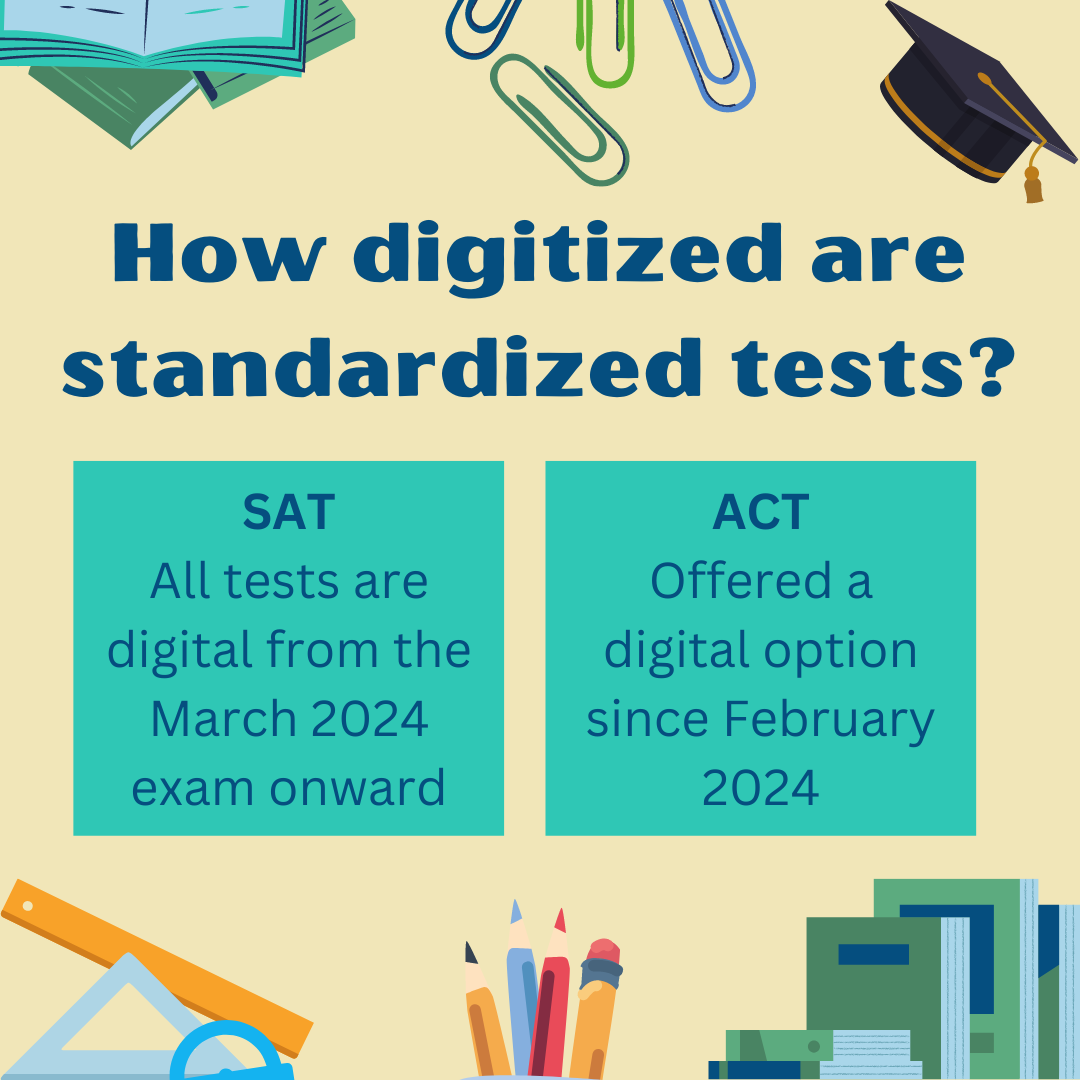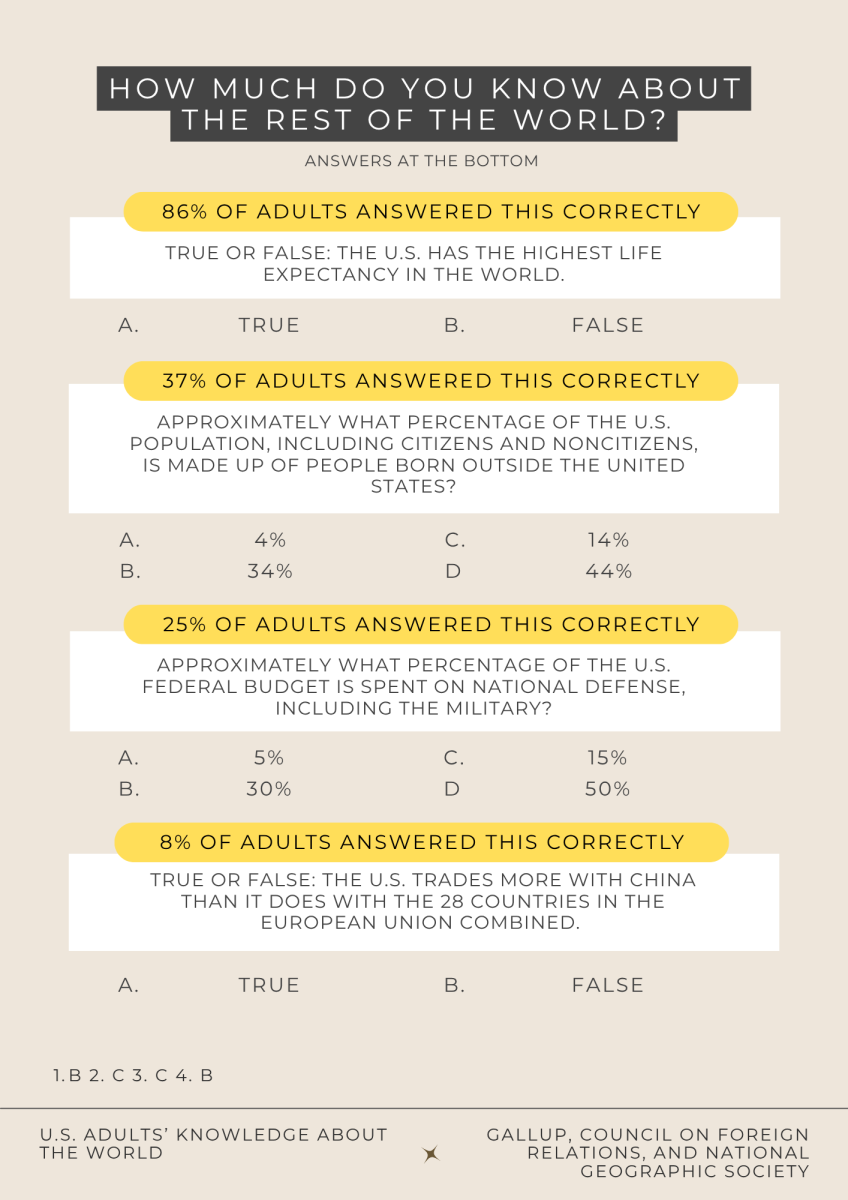Flipping over their test booklets, students begin reading the first passage, underlining the sentences they deem important while following the text with their finger. For decades, this is the way most students have tackled the SAT’s reading section. But now, the white screen of a computer will glare into the test-takers’ eyes as they follow the pixelated letters of the test.
With the SAT conducting its first digital test on March 9 and the ACT offering a digital option in February, it is clear that the pressure to digitize in this online age has started to seep into standardized testing. However, this modernization may not benefit many students.
Online testing software often allows test-takers to cross out multiple choice options or annotate passages, but the system is clunky, making it harder for students to actively read and develop a deep understanding of a text. Although highlighter and sticky note tools are usually offered, they are awkward to use as you have to drag your cursor across the screen to carefully note the correct phrase or word. It simply does not compare to the ease with which a pencil can underline or circle something in a second.
Using a paper and pencil to analyze content and jot down ideas on a physical test packet allows students to connect with the content far better than through a screen, a fact proven in a 2017 paper from two University of Maryland educational psychologist professors. For multiple choice questions, students can solve problems right next to a question; digital tests involve going back and forth between scratch paper, a dizzying and bothersome experience. Furthermore, a fully paper process is invaluable for free response questions, as paper-pencil methods help students process, recall and synthesize information.
While all CHS students are provided with Chromebooks, taking this test will be more difficult for the around 25 million households in the U.S. that do not have home internet, per a 2021 National Telecommunications and Information Administration survey. The new SAT requires students to bring their own testing device, and while College Board can provide a device for the actual test, those without a computer or tablet to practice on at home are inherently disadvantaged as they lack the ability to study for the correct format. College Board’s partnership with Khan Academy further acknowledges the fact that the shift to a different testing medium will require students to put effort into acclimatization. Khan Academy advises that, besides math and reading practice, students should implement their practice programs to become familiar with the new format. Generally, those that are taking the SAT already lead busy lives as they begin to navigate the complexities of post-secondary education, and putting extra hours into becoming comfortable with a new program adds greater struggle.
Students await a future of endless screens as it seems all standards tests will eventually be administered in a digital format. For now, many are scrambling to take advantage of the few remaining paper-pencil tests while attempting to recalibrate their studying style. Initially a test developed to give students the opportunity to showcase their skills, the SAT has now transformed into an obstacle lessening the chance of success in an increasingly competitive world.









